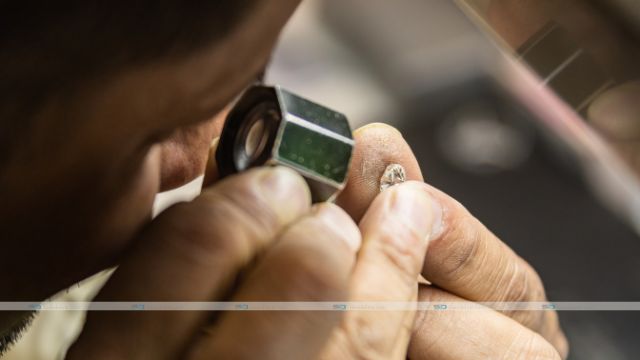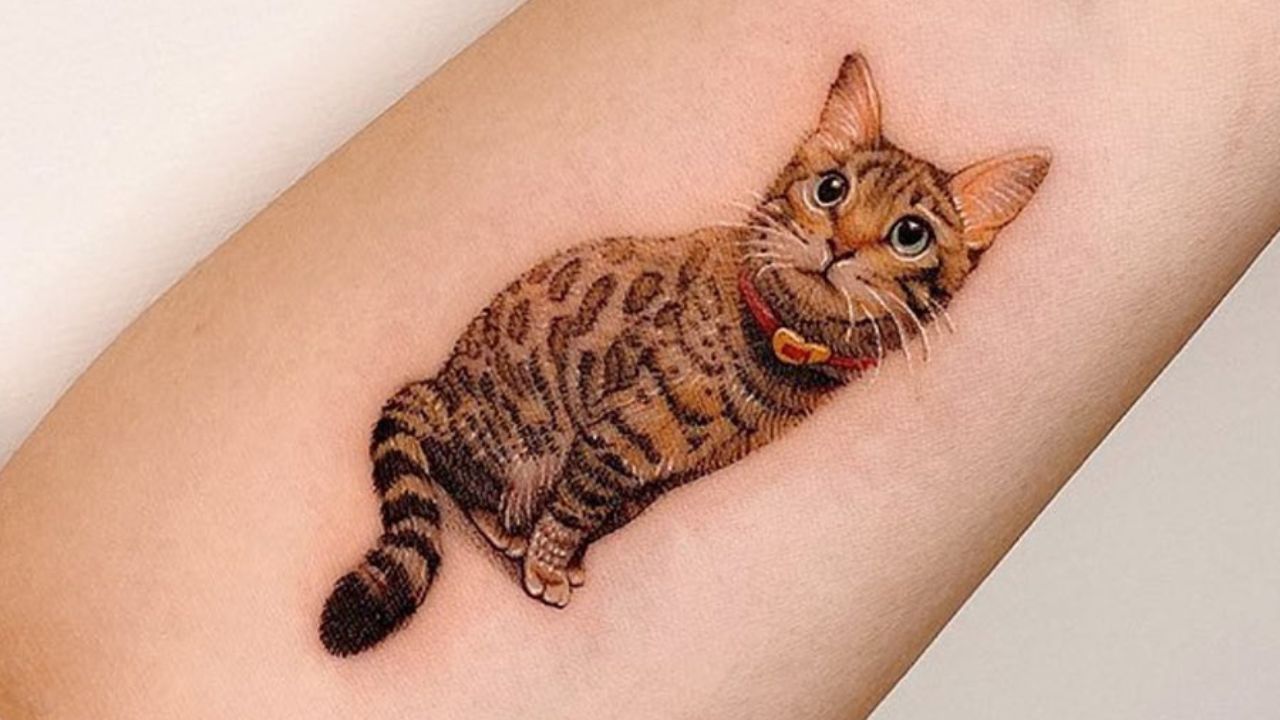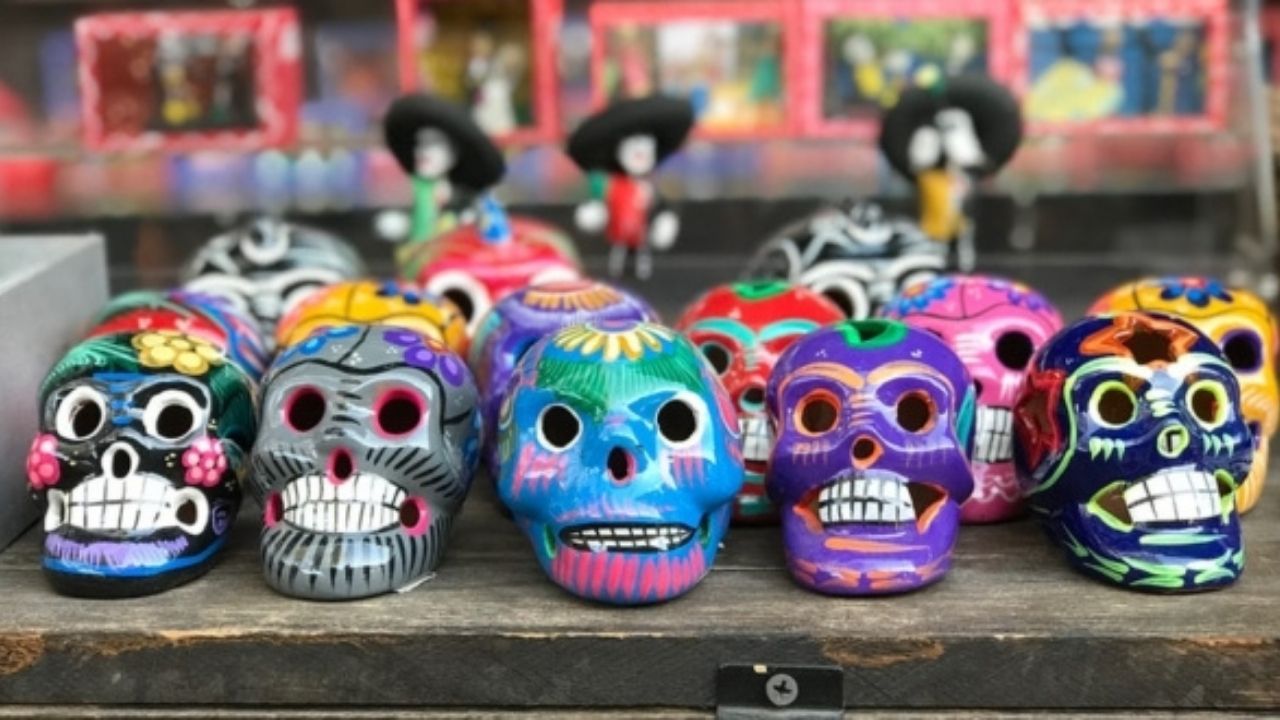The brilliant sparkles of a diamond’s facets captivate and dazzle anyone gazes into its unique flashes. The rare and invaluable diamond is the quintessential gemstone. A diamond’s clarity, scintillation, and lasting power make it the ultimate luxury good. Its market value is measured in dollars per carat or gram—a one-carat diamond costs around $100,000 in today’s money. However, many different types of diamonds have varied characteristics and prices.
A Diamond 4C chart is a method used for grading diamonds and ensuring how valuable a particular piece is.
How does this grading system operate?
To understand how diamond grading works, it’s essential to know how these stones are formed in the first place. There are several classifications of diamond types based on their origins— natural or synthetic— as well as their characteristics— color, clarity, and cut. Natural diamonds are found in nature or a gemstone’s original host rock, while synthetic diamonds are artificial by carbonizing natural elements like coal or graphite at extreme temperatures. Natural diamonds can also be princess cut, heart cut, or emerald cut, depending on their type of origin. Artificial diamonds come in different colors, such as blue, yellow, and white, and rose pink, orange, and green, depending on the manufacturer’s methods for producing the color. Diamond 4Cs are clarity, cut, carat, and color.
- Clarity refers to how pure a stone looks when viewed through a lens— absolutely flawless or slightly flawed with only very slight defects visible under normal lighting conditions. Perfect clarity is rare but possible for any stone since no defects interfere with light transmission.
- Cut determines how a diamond is faceted using external angles to create an uneven surface that accentuates light reflections— such as a radiant cut versus a marquise cut — according to the rise of the facets relative to each other at the girdle plane where light enters the stone most directly from the crown portion above it all other things being equal. The most popular cuts for engagement rings include princess cut if emerald green is desired; heart-shaped if ruby red is preferred; round brilliant if bicolor yellow/white/blue is favored; Asscher if emerald green/blue is coveted.
- Colour and carat are also essential features in grading diamonds. The carat is the diamond’s original weight, and the right color can significantly impact the diamond’s value.
How are diamonds so important?
With so many factors affecting their market value — such as supply and demand — diamonds have proved notoriously fickle objects over time! However, since they don’t tarnish or lose weight over time as gold does, most jewelers prefer them over time since they last longer than gold without losing much value over time, either!
There were massive runups in 2017 and 2018 when fears about trade wars between nations caused people to stockpile precious metals like gold which could be converted into cash quickly due to worries about inflation from increased government spending on national defense programs! As expected, these fears proved unfounded as trade wars ceased after only a few short months due to political disagreements between nations instead! These fluctuations show that diamonds have real value. The diamond 4c chart ensures its credibility — just like all other commodities — but that value can change significantly based on economic factors such as inflation rates that affect money values! That being said, it must be clear why getting a professional grading test for a diamond is essential before you try to sell or buy one; it not only ensures safe transactions but trusts too, which is very important in the precious gem market.



